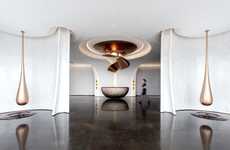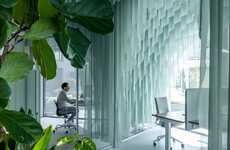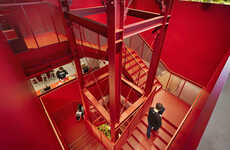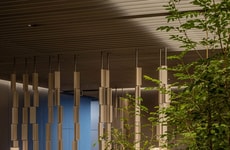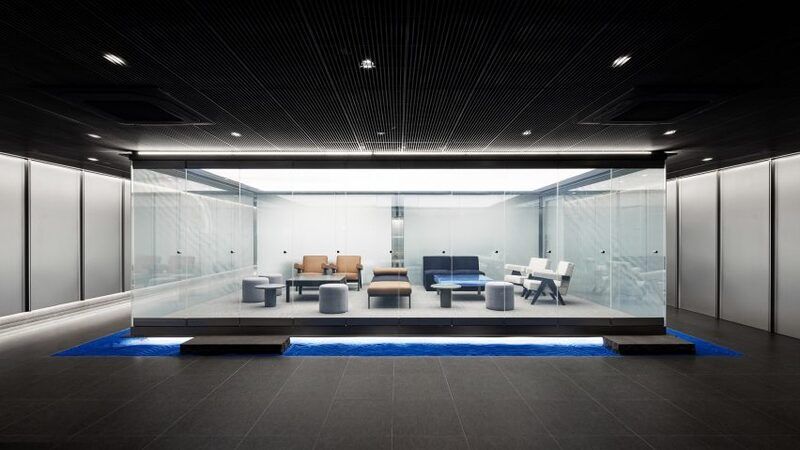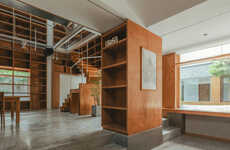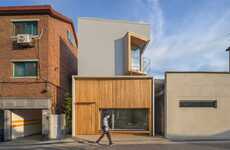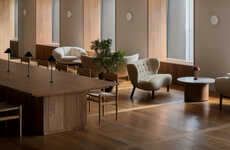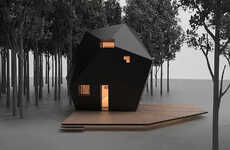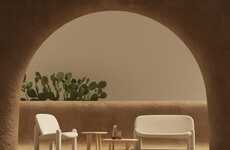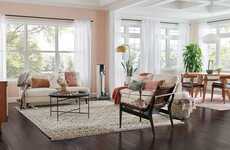
Intg Designed a Korean Bank with a Floating Meeting Room
Elena Rahman — January 31, 2022 — Art & Design
References: pr.kebhana & dezeen
Intg, a Seoul-based architecture and design studio, created a minimalist interior for Seoul's Hana Bank lounge. The studio created private areas throughout the space that encourage clients to meet their bank representatives in person, despite the digital accessibility.
When visitors enter the lounge, they are met by a central space enclosed by glass windows that appears to float on water. The floating meeting roam is bordered by a moat of bright blue sand arranged in a swirly formation. The design takes cues from traditional Asian architecture. According to Intg co-founder Daniel Song, the meeting room is "designed to subtly reflect the way people enter living spaces after stepping over a stone in traditional Korean houses."
Image Credit: Intg
When visitors enter the lounge, they are met by a central space enclosed by glass windows that appears to float on water. The floating meeting roam is bordered by a moat of bright blue sand arranged in a swirly formation. The design takes cues from traditional Asian architecture. According to Intg co-founder Daniel Song, the meeting room is "designed to subtly reflect the way people enter living spaces after stepping over a stone in traditional Korean houses."
Image Credit: Intg
Trend Themes
1. Floating Architecture - The influx of floating architectural designs is a disruptive innovation opportunity for architects and civil engineers to explore and create sustainable designs that provide alternative solutions to urban challenges.
2. Innovative Meeting Spaces - The creation of innovative meeting spaces is a disruptive innovation opportunity for designers and architects to redefine traditional meeting rooms and offer unique experiences for clients.
3. Digital-physical Integration - The trend towards creating physical spaces that encourage face-to-face interaction while maintaining digital accessibility is a disruptive innovation opportunity for architects and designers to create hybrid spaces that balance both the physical and digital aspects of our lives.
Industry Implications
1. Banking - The innovation of interior design and architecture in banking spaces is a disruptive innovation opportunity for banks to enhance customer experience and create unique spaces that set them apart from competitors.
2. Real Estate - The adoption of floating architectural designs is a disruptive innovation opportunity for the real estate industry to explore and create sustainable and resilient waterfront structures.
3. Hospitality - The design of meeting spaces in hospitality is a disruptive innovation opportunity for hotels and resorts to offer unique experiences and spaces for group gatherings, meetings, and events.
6
Score
Popularity
Activity
Freshness

